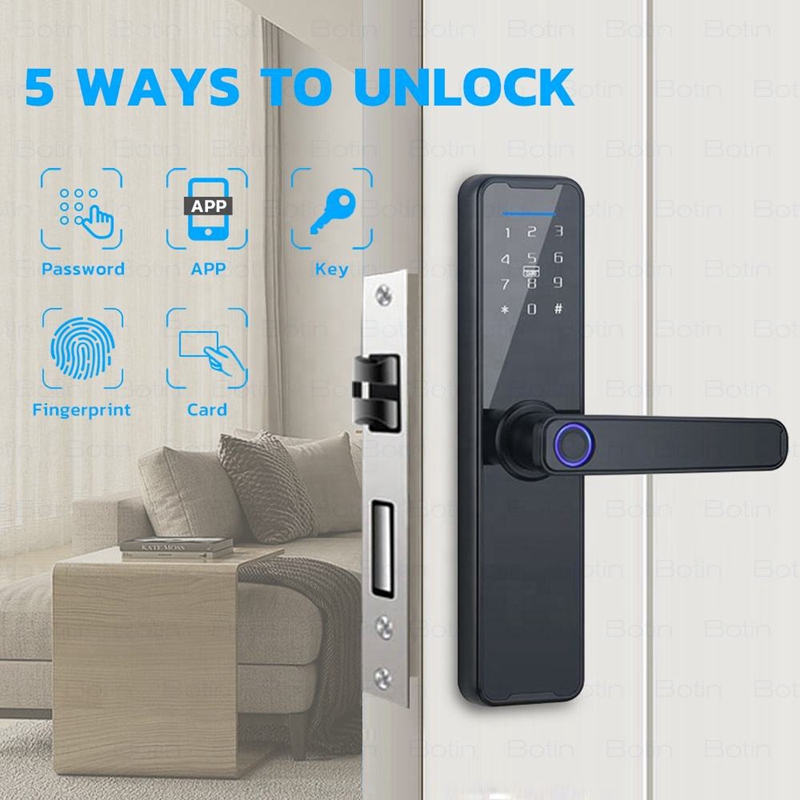When it comes to smart home connectivity, there’s more to it than just the familiar technologies like Wi-Fi and Bluetooth. There are industry-specific protocols, such as Zigbee, Z-Wave, and Thread, which are better suited for smart home applications.
In the realm of home automation, there is a wide range of products available in the market that allow you to effortlessly control everything from lighting to heating. With the widespread use of voice assistants like Alexa, Google Assistant, and Siri, you can even ensure seamless interoperability among devices from different manufacturers.
To a large extent, this is thanks to wireless standards like Zigbee, Z-Wave, and Thread. These standards enable the transmission of commands, such as illuminating a smart bulb with a specific color at a particular time, to multiple devices at once, provided you have a compatible smart home gateway that can communicate with all your smart home devices.
Unlike Wi-Fi, these smart home standards consume minimal power, which means many smart home devices can operate for years without the need for frequent battery replacements.
So, what exactly is Zigbee?
As mentioned earlier, Zigbee is a wireless network standard maintained and updated by the non-profit organization Zigbee Alliance (now known as the Connectivity Standards Alliance), established in 2002. This standard is supported by over 400 technology companies, including IT giants like Apple, Amazon, and Google, as well as well-known brands such as Belkin, Huawei, IKEA, Intel, Qualcomm, and Xinnoo Fei.
Zigbee can wirelessly transmit data within approximately 75 to 100 meters indoors or about 300 meters outdoors, which means it can provide robust and stable coverage within homes.
How does Zigbee work?
Zigbee sends commands between smart home devices, such as from a smart speaker to a light bulb or from a switch to a bulb, without the need for a central control hub like a Wi-Fi router to mediate the communication. The signal can also be sent and understood by receiving devices, regardless of their manufacturer, as long as they support Zigbee, they can speak the same language.
Zigbee operates in a mesh network, allowing commands to be sent between devices connected to the same Zigbee network. In theory, each device acts as a node, receiving and transmitting data to every other device, helping propagate command data and ensuring extensive coverage for the smart home network.
However, with Wi-Fi, signals weaken with increasing distance or can be completely blocked by thick walls in older houses, which means commands may not reach the farthest smart home devices at all.
The mesh structure of a Zigbee network also means there are no single points of failure. For example, if your home is filled with Zigbee-compatible smart bulbs, you would expect them all to be lit up simultaneously. If one of them fails to function correctly, the mesh ensures that commands can still be delivered to every other bulb in the network.
However, in reality, this may not always be the case. While many Zigbee-compatible smart home devices act as relays for passing commands through the network, some devices can send and receive commands but cannot forward them.
As a general rule, devices powered by a constant power source act as relays, broadcasting all the signals they receive from other nodes on the network. Battery-powered Zigbee devices typically do not perform this function; instead, they simply send and receive commands.
Zigbee-compatible hubs play a crucial role in this scenario by guaranteeing the relay of commands to the relevant devices, reducing dependence on the Zigbee mesh for their delivery. Some Zigbee products come with their own hubs. However, Zigbee-compatible smart home devices can also connect to third-party hubs that support Zigbee, such as Amazon Echo smart speakers or Samsung SmartThings hubs, to alleviate additional burdens and ensure a streamlined setup in your home.
Is Zigbee better than Wi-Fi and Z-Wave?
Zigbee uses IEEE’s 802.15.4 Personal Area Network standard for communication and operates on frequencies of 2.4GHz, 900MHz, and 868MHz. Its data transmission rate is only 250kB/s, much slower than any Wi-Fi network. However, because Zigbee only transmits small amounts of data, its slower speed is not a significant concern.
There is a limitation on the number of devices or nodes that can be connected to a Zigbee network. But smart home users need not worry, as this number can go up to 65,000 nodes. So, unless you’re building an extraordinarily massive house, everything should connect to a single Zigbee network.
In contrast, another wireless smart home technology, Z-Wave, limits the number of devices (or nodes) to 232 per hub. For this reason, Zigbee provides a better smart home technology, assuming you have an exceptionally large house and plan to fill it with more than 232 smart devices.
Z-Wave can transmit data over longer distances, around 100 feet, whereas Zigbee’s transmission range falls between 30 and 60 feet. However, compared to Zigbee’s 40 to 250kbps, Z-Wave has slower speeds, with data transfer rates ranging from 10 to 100 KB per second. Both are much slower than Wi-Fi, which operates in megabits per second and can transmit data within approximately 150 to 300 feet, depending on obstacles.
Which smart home products support Zigbee?
While Zigbee may not be as ubiquitous as Wi-Fi, it finds application in an astonishing number of products. The Connectivity Standards Alliance boasts over 400 members from 35 countries. The alliance also states that there are currently over 2,500 Zigbee-certified products, with a cumulative production exceeding 300 million units.
In many cases, Zigbee is a technology that quietly operates in the background of smart homes. You may have installed a Philips Hue smart lighting system controlled by the Hue Bridge, without realizing that Zigbee powers its wireless communication. This is the essence of Zigbee (and Z-Wave) and similar standards—they keep working without requiring extensive configuration like Wi-Fi.
Post time: Jul-15-2023





